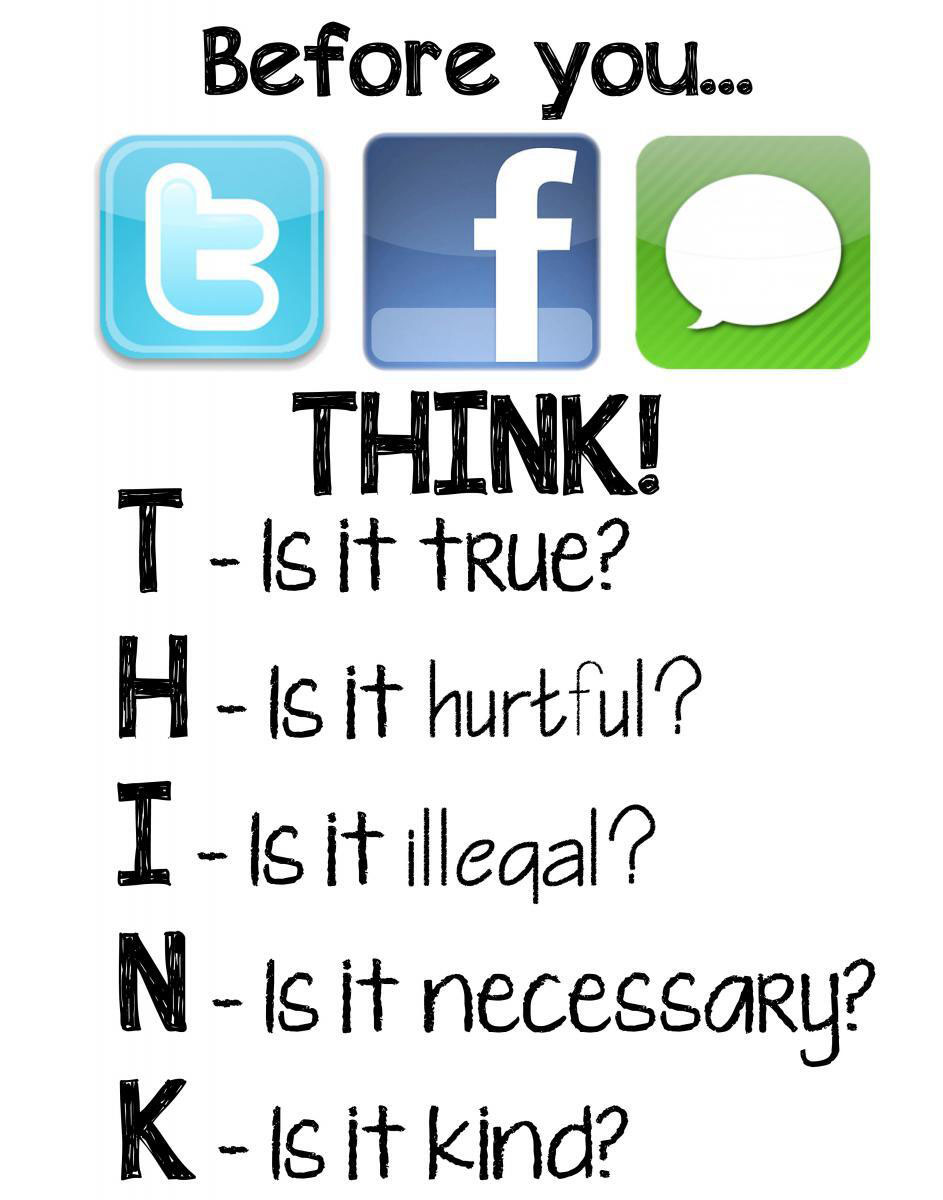Michael Fullan, Ontario's education guru, released in 2013 a
guide to continuing the growth of success in Ontario schools. In it, he noted that since 2003, "
Ontario unequivocally has developed “from good to great.” But we are now at a
crucial stage as we head for 2013 and beyond. Will we stand still — or worse, fall
behind — while the rest of the world passes us by? Or will we take the necessary
steps to build on our success and move from great to excellent?"
The statement above reflects the situation in Ontario when it comes to ICT. A lot has changed since 2003, the year I graduated from secondary school, in regards to the use of technology in the classroom. When I completed high school, there were no iPods, we had to go to a lab to complete assignments on computers because the software was too expensive for home use, and the majority of work was still done using pen and pencil. Seven years later, in 2010, my youngest sister graduated from the very same school. In those years, the approach to education had jumped immensely. In the five years since, it has jumped even more. It's difficult to imagine a world without iPods, iPads, Google and all the social media platforms, yet many educators choose to continue like it's still 2003.
What can be done to ensure student success in the 21st century environment? Like schools have improvement plans, they also need implementation plans with regards to technology development and integration into the classroom space. But how can that be achieved.
 |
The wheel which all technology-enabled
education should strive to achieve |
The first step in doing so is have a vision. This vision is one that can be created using a team of individuals at a school. Lead by the school eLC or principal, a team must be assembled with a group of staff members who are engaged and willing to work to shape success for 21st century instruction and success. At the forefront of this there needs to be a strong team leader who is able to work with team members, administration and other stakeholders as well as be the face of the whole operation.
Following the establishment of the team, what then needs to happen is to ensure the school infrastructure is up to the demands that will be put on it. In this case, the schools needs a hearty internet connection as well as the necessary components of hardware and software to realize the plan that has been put in place. If the infrastructure is not there, or key devices or programs are missing, then what needs to be done is to examine how much money is available and whether it's realistic. If something needs to be cut, the plan and the members must be flexible enough to work around any problem that might occur.
The next step is then working within the confines of the curriculum. In Ontario schools, the curriculum is an excellent guide to where the learning will go, as well as providing the freedom for teachers to adapt their instruction to meet those goals. However, the teachers in the school must be willing to do so. And if they aren't, or unable to, it is up to team members to come together to support those teachers. Through PD, mentorship and ongoing consultations, most staff members will come around. If not, then it may be up to the administrator to step in and address any concerns that may exist.
Finally, what needs to happen is to gain the trust of the parents and students. Everything will not go smoothly at first, and there will be bugs. However, as time progresses, the problems will subside and success shall grow once again. My school is currently in the later phase of a year-long plan to expand our blended learning and ICT instruction throughout the school. It hasn't been easy (our school internet connection is still spotty at best), but we feel that the students are parents are buying into our plan. However, we will not see our final results until the end of the school year.










